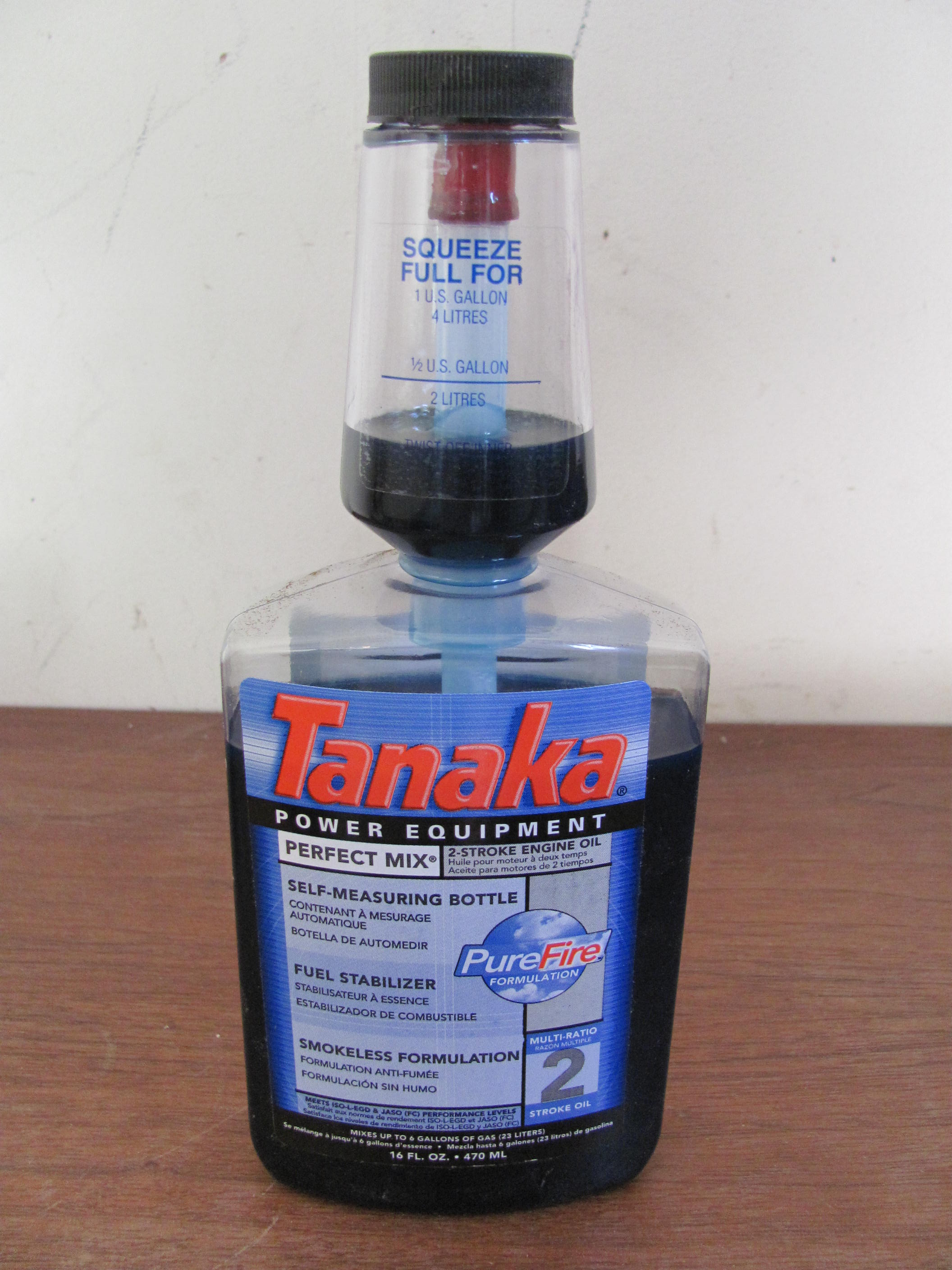Two-stroke Oil on:
[Wikipedia]
[Google]
[Amazon]
 Two-stroke oil (also referred to as two-cycle oil, 2-cycle oil, 2T oil, or 2-stroke oil) is a type of
Two-stroke oil (also referred to as two-cycle oil, 2-cycle oil, 2T oil, or 2-stroke oil) is a type of
motor oil
Motor oil, engine oil, or engine lubricant is any one of various substances used for the lubrication of internal combustion engines. They typically consist of base oils enhanced with various additives, particularly antiwear additives, deterge ...
intended for use in crankcase compression two-stroke engines, typical of small gasoline
Gasoline ( North American English) or petrol ( Commonwealth English) is a petrochemical product characterized as a transparent, yellowish, and flammable liquid normally used as a fuel for spark-ignited internal combustion engines. When for ...
-powered engines.
Use
Unlike a four-stroke engine, the crankcase of which is closed except for its ventilation system, atwo-stroke engine
A two-stroke (or two-stroke cycle) engine is a type of internal combustion engine that completes a Thermodynamic power cycle, power cycle with two strokes of the piston, one up and one down, in one revolution of the crankshaft in contrast to a f ...
uses the crankcase as part of the induction tract, so oil must be mixed with gasoline
Gasoline ( North American English) or petrol ( Commonwealth English) is a petrochemical product characterized as a transparent, yellowish, and flammable liquid normally used as a fuel for spark-ignited internal combustion engines. When for ...
to be distributed throughout the engine for lubrication
Lubrication is the process or technique of using a lubricant to reduce friction and wear and tear in a contact between two surfaces. The study of lubrication is a discipline in the field of tribology.
Lubrication mechanisms such as fluid-lubr ...
. The resultant mix is referred to as premix or petroil. The oil is ultimately burned along with the fuel as a total-loss oiling system. That results in increased exhaust emissions, sometimes with excess smoke and/or a distinctive odor.
The oil-base stock can be petroleum
Petroleum, also known as crude oil or simply oil, is a naturally occurring, yellowish-black liquid chemical mixture found in geological formations, consisting mainly of hydrocarbons. The term ''petroleum'' refers both to naturally occurring un ...
, castor oil
Castor oil is a vegetable oil pressed from castor beans, the seeds of the plant ''Ricinus communis''. The seeds are 40 to 60 percent oil. It is a colourless or pale yellow liquid with a distinct taste and odor. Its boiling point is and its den ...
, semi-synthetic or synthetic oil
Synthetic oil is a lubricant consisting of chemical compounds that are artificially modified or synthesised. Synthetic oil is used as a substitute for petroleum-refined oils when operating in extreme temperature, in metal stamping to provide en ...
, and is mixed (or metered by injection) with petrol/gasoline at a volumetric fuel-to-oil ratio ranging from 16:1 to as low as 100:1. To avoid high emissions and oily deposits on spark plug
A spark plug (sometimes, in British English, a sparking plug, and, colloquially, a plug) is a device for delivering electric current from an ignition system to the combustion chamber of a spark-ignition engine to ignite the compressed fuel/air ...
s, modern two-strokes, particularly small engine
A small engine is the general term for a wide range of small-displacement, low-powered internal combustion engines used to power lawn mowers, generators, concrete mixers and many other machines that require independent power sources. These engin ...
s powering such items as garden equipment and chainsaws, may now require a synthetic oil, and can suffer from oiling problems otherwise.
Engine original equipment manufacturers (OEMs) introduced pre-injection systems (sometimes known as "auto-lube") to engines to operate from a 32:1 to 100:1 ratio. Oils must meet or exceed the following typical specifications: TC-W3® (NMMA), API-TC, JASO FC, ISO-L-EGC.
The relevant difference between regular lubricating oil and two-stroke oil is that the latter must have a much lower ash content, to minimize deposits that tend to form if ash is present in the oil when it is burned in the engine's combustion chamber. Additionally, a non-2T-specific oil can turn to gum in a matter of days if mixed with gasoline and not immediately consumed. Another important factor is that four-stroke engines have a different requirement for "stickiness" than do two-strokes.
Since the 1980s, different types of two-stroke oil have been developed for specialized uses, such as outboard motor two-strokes, as well as the more standard auto lube (motorcycle) two-stroke oil. As a rule of thumb, it will be stated somewhere on the printed label of most containers of oil available commercially, that it is compatible with "Autolube" or injector pumps. Those oils tend to have the consistency of liquid dish soap if shaken. A more viscous oil cannot reliably be passed through an injection system, although a premix can be used on either type.
"Racing" oil or castor-based does offer excellent lubrication, at the expense of premature cooking. The average moped/scooter/trail rider will not achieve an appreciable increase in performance and will require very frequent teardowns.
Additive ingredients
Additives for two-stroke oils fall into several general categories: Detergent/Dispersants, Antiwear agents, Biodegradability components and antioxidants (Zinc compounds). Some of the higher quality include a fuel stabilizer as well.Standards
The current international standard (ISO 13738) for two-stroke gasoline engine oil evolved from JASO M345, which were grades intended to exceed API-TC. Grades include: * JASO FA is abandoned. It is not put in ISO. * JASO FB evolved into ISO L-EGB, with additional test for piston cleanliness. * JASO FC evolved into ISO L-EGC, with additional test for piston cleanliness. * JASO FD evolved into ISO L-EGD, with additional test for piston cleanliness and detergent effect. The National Marine Manufacturers Association (NMMA) of the USA maintains its own TC-W line of standards.References
External links
* {{HowStuffWorks, page=two-stroke, name=How Two-stroke Engines Work, author= Brain, Marshall Two-stroke Engine lubrication systems